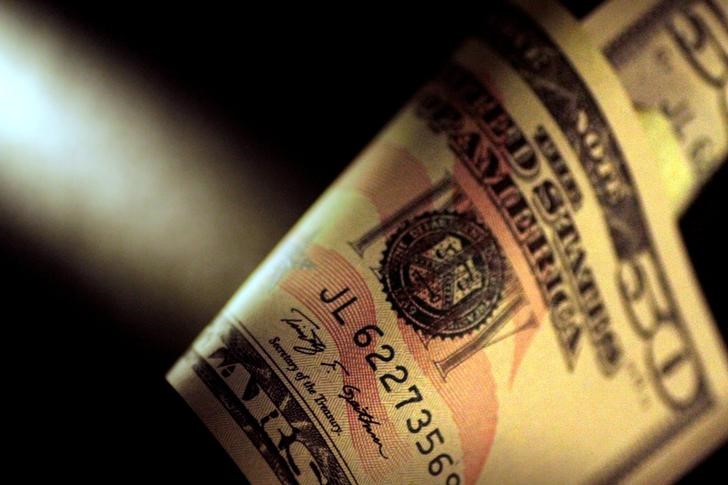By Gina Lee
Investing.com – The dollar was down on Tuesday morning in Asia after China tightened its banks’ forex requirements to curb the appreciation of the yuan. Investors also await key U.S. economic data to gauge the country’s economic outlook.
The U.S. Dollar Index that tracks the greenback against a basket of other currencies edged down 0.21% to 89.808 by 1:26 AM ET (5:26 AM GMT).
The USD/CNY pair inched up 0.05% to 6.3717. Banks in China were forced by the People's Bank of China to hold more foreign currencies in reserve for the first time in more than a decade in order to stem the yuan’s surge.
The USD/JPY pair inched down 0.03% to 109.51.
The AUD/USD pair inched up 0.10% to 0.7742 as the Reserve Bank of Australia handed down a policy decision that kept its interest rates unchanged at 0.10% earlier in the day. The NZD/USD pair inched up 0.08% to 0.7274.
The GBP/USD pair edged up 0.19% to 1.4236.
Investors are still digesting the previous week's Core Personal Consumption Expenditure Price index that grew 3.1% year-on-year in April, above the Fed’s 2% target and the largest annual gain since 1992.
Trimmed measures of inflation, eliminating the most extreme price changes, indicated that inflation would not be an issue in the U.S. This in turn means that investors will need to unwind some of their expectations for near-term policy tightening that will weigh on the greenback, said Joseph Capurso, a strategist at the Commonwealth Bank of Australia (OTC:CMWAY).
Fed Vice Chair Randal Quarles and Fed Governor Lael Brainard are due to speak later in the day.
On the data front, investors now await U.S. data, including non-farm payrolls and the unemployment rate in May, due to be released on Friday.
The U.S. shows no inflation problem without considering trimmed measures of inflation, and investors don’t need to be concerned about an earlier-than-expected policy tightening, which will weigh on the dollar, Commonwealth Bank of Australia strategist Joseph Capurso told Reuters.
Meanwhile, the global economic recovery from Covid-19 will provide an additional headwind, according to Capurso.
"The world economy is clearly recovering, and that is going to be bad for the U.S. dollar because it’s a counter-cyclical currency…The U.S. dollar has been pretty heavy in the last few weeks, and I think it keeps trending lower," he told Reuters.
